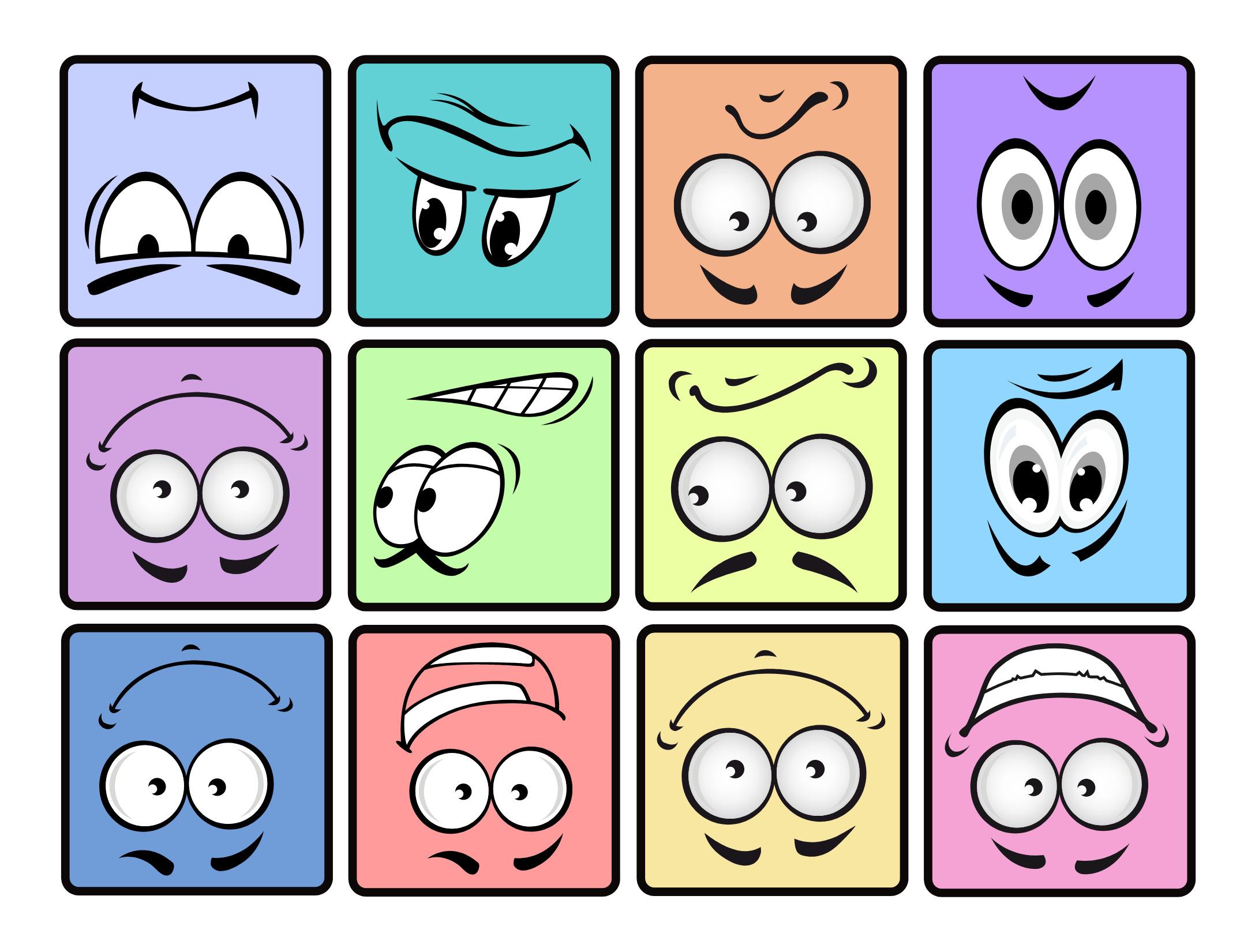Now more than ever, educators and the public are concerned with the social-emotional well-being of both students and educators. While much of this concern stems from the pandemic and our response to it, all was not well before Covid became a household word. Concern about the social-emotional well-being of young people has been growing for decades. Not surprisingly, this growing concern has intensified calls for “social-emotional learning” (SEL) and more generally, well-being initiatives.
But is the dominant way of understanding social-emotional learning helping us? In our rush to respond to growing worries about students, are we missing something? In the “Unschooling Emotion” series, we explore the origins, assumptions, and outcomes of leading SEL programs, and offer an alternative way to think about student well-being.
Our approach is twofold: (1) we review existing research and (2) we offer practical advice for supporting students’ social-emotional development. While critical in nature, our main objective is to create space for a more wholistic, human-centered approach.

Re-thinking social-emotional learning
In its early stages, many educators welcomed SEL as an antidote to the narrow curricular and academic standards-based reforms of the past half-century. Yet, as we have observed the popularity of these initiatives grow — from the perspective of an education researcher and a practicing school psychologist — we have become concerned by how social and emotional well-being of students and schools has been understood and what practices have been adopted in the name of SEL.
The phrase “social-emotional learning” is expansive, referring to everything from teaching students to better regulate their emotions, so-called growth mindsets, to mental health interventions. And yet, SEL also tends to be quite narrow in focus. The most common SEL programs emphasize remediation for individual’s lack of “grit,” “resilience,” or “executive functioning,” the absence of which is assumed to be the cause of poor academic performance or even poverty. Despite the “social-emotional” moniker, most SEL programs are narrowly behavioral and cognitive in focus. This is not all wrong of course. But SEL programs are oriented to fixing individual deficits through cognitive and behavior interventions. As a result, they are not very “social” or “emotional”.
The most common approaches to well-being (or wellness) also tend to lack clear definitions. Too often they tend to be reactive (e.g., focus on coping) and limited in the scope of recommended practice. But our efforts shouldn’t stop at physical activity and meditation.
Can’t we do better? When it comes to science and technology, we can go to the moon! But when it comes to anything “social-emotional”, it feels like we’re still drawing cave paintings. In our estimation, we need to “unschool” what we think we have learned about feelings, emotions, and education. We need to think anew about how people learn to work hard and overcome adversity, and more broadly, how we think about well-being and the place of education in its realization. We need a new theory to guide new practice.
In this series we explore the gamut of SEL — from the widely publicized notions of “grit” and “growth mindset”, to the more clinical discussions of “executive functioning” and student motivation, all the way to quasi-spiritual recommendations for mindfulness.
In this series, we ask:
- What are the assumptions of SEL, including how SEL has been defined and assessed? This includes an overview of the most common SEL programs and curricula, and reviews federal and state policy regarding SEL. Tips for reviewing SEL programs are offered, along with questions educators should ask before starting any SEL or well-being initiative.
- What are feelings, emotions, and thought, and how do they relate to learning, and the overall development of youth? Grasping the unitary of thinking and feeling is needed to foster well-being, which includes seeing academic and social development in their cultural-historical context of life in schools. To this end, we distinguish understanding emotion from cultural expectations regarding appropriate emotional expression. Tips for how to reframe our understanding of emotions in school are offered.
- Should we be concerned about the growing use of data intensive, algorithmic technologies for SEL purposes? Here we offer a research-based framework for evaluating vendor claims of effectiveness and whether such platforms are appropriate.
- What does research say about the effectiveness of “grit” and “growth mindset” pedagogies? Here we also explore the ethical and moral implications of these teaching strategies. Pro-social alternatives for fostering perseverance and positive attitudes toward learning are explored and discussed.
- Are popular SEL programs biased against certain personality types?Here we explore how SEL programs seem to emphasize the value of extroversion, with an attempt to “fix” those that venture from the desirable cultural norm. We discuss what we know about different personality types and how this may affect student well-being. Tips for fostering well-being in relation to different personalities are offered.
- Are popular SEL programs culturally relevant? Research that argues popular SEL programs are culturally insensitive and have differential effects on racial and ethnic groups of students is reviewed. The possibility that SEL contributes to gender inequalities is also discussed. Tips for understanding well-being in relation to different cultures and personalities are offered.


